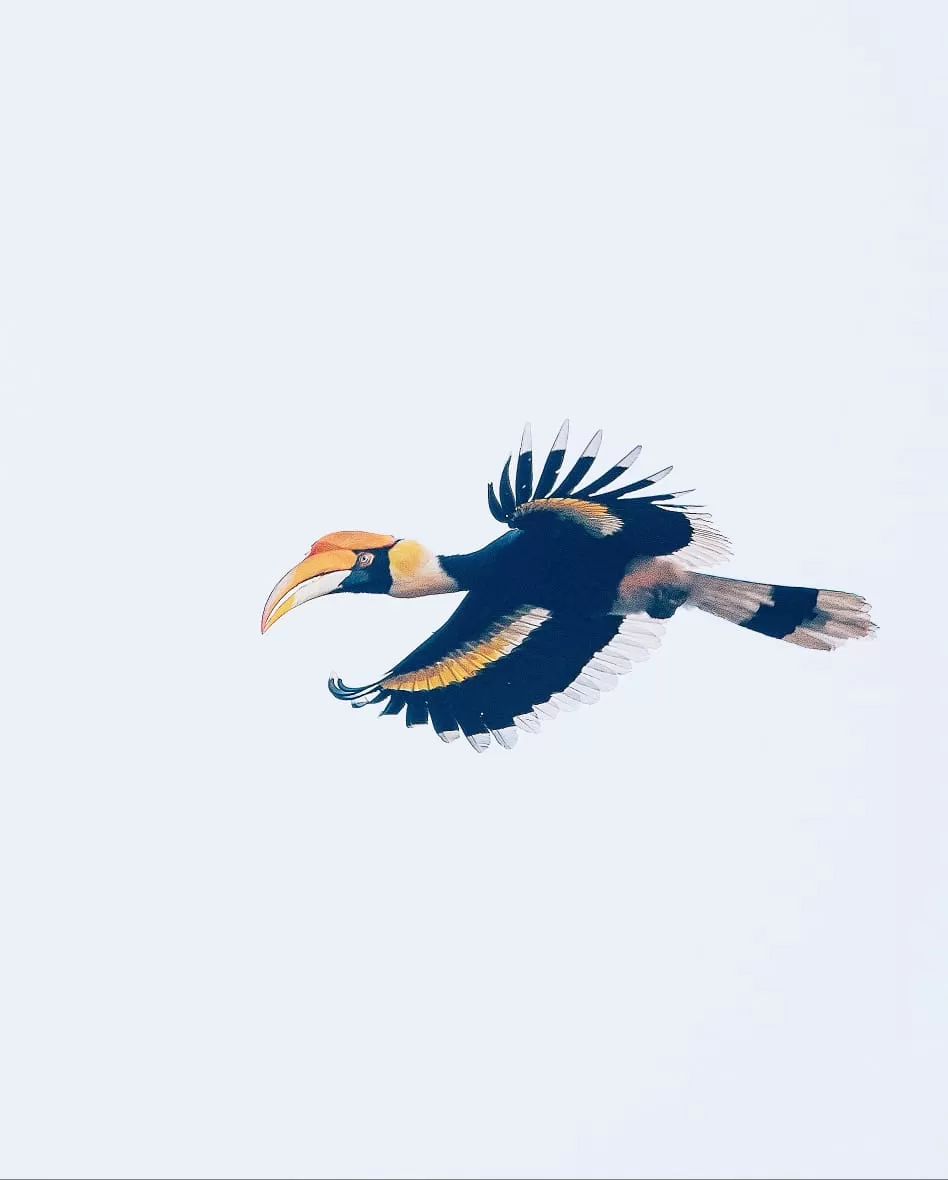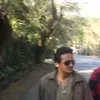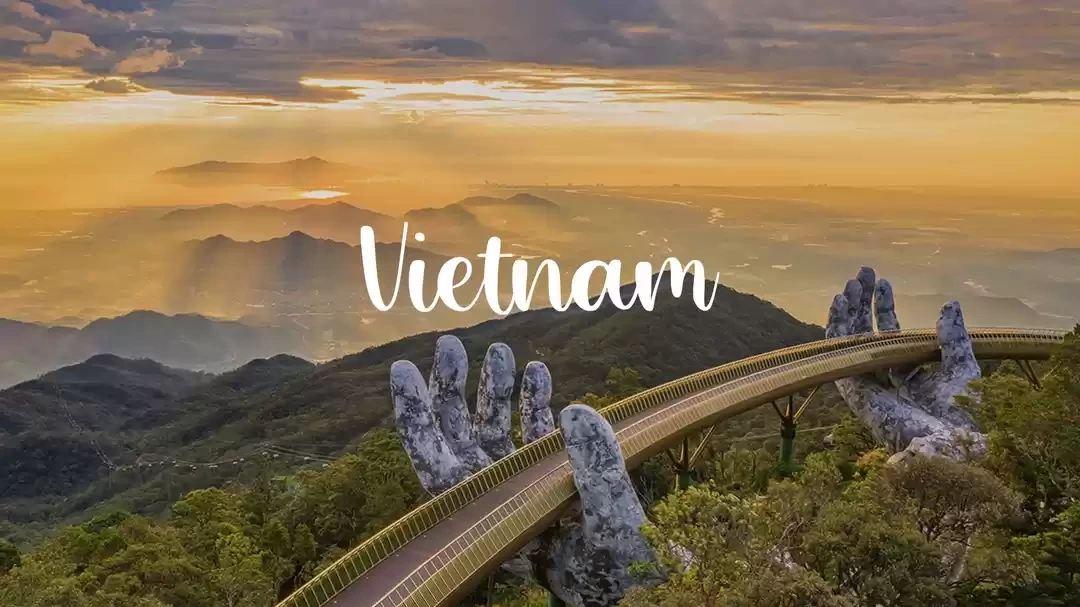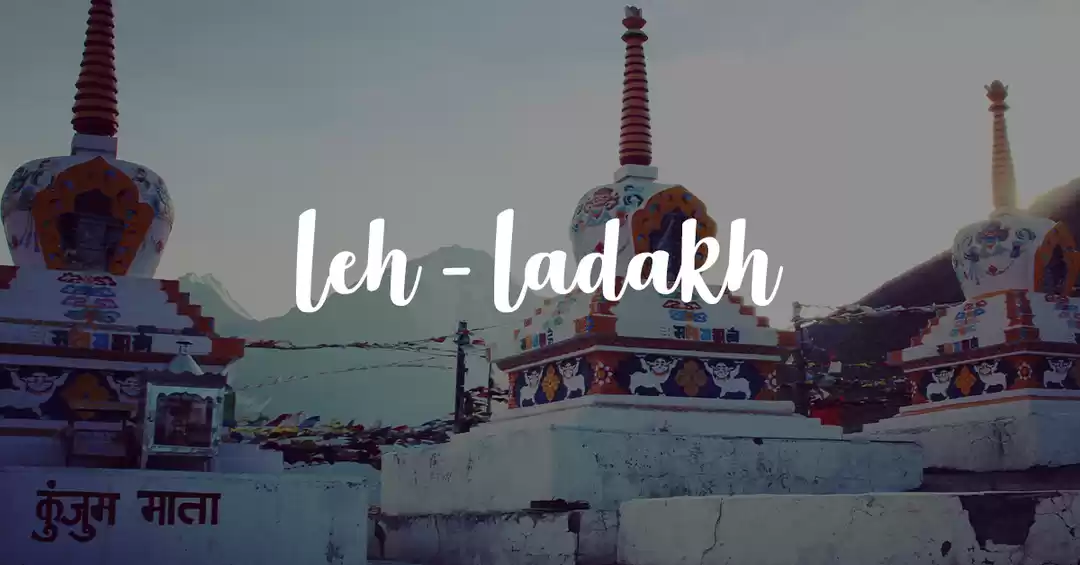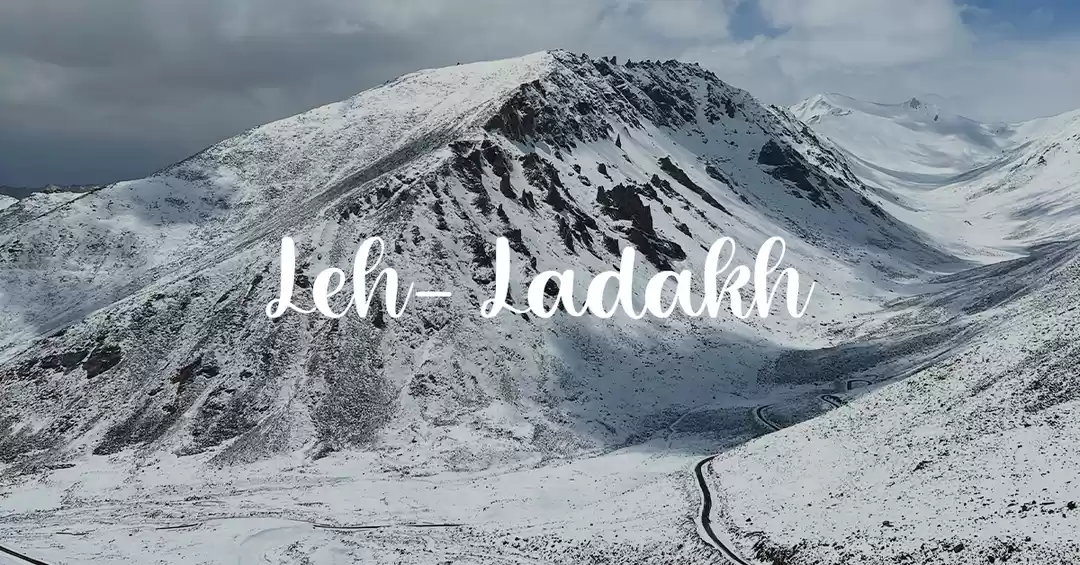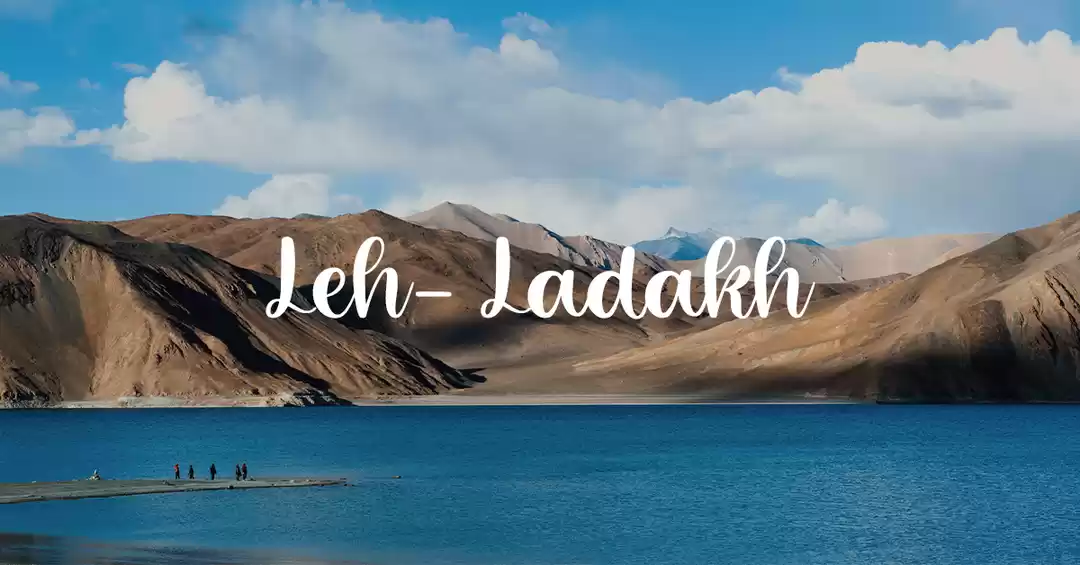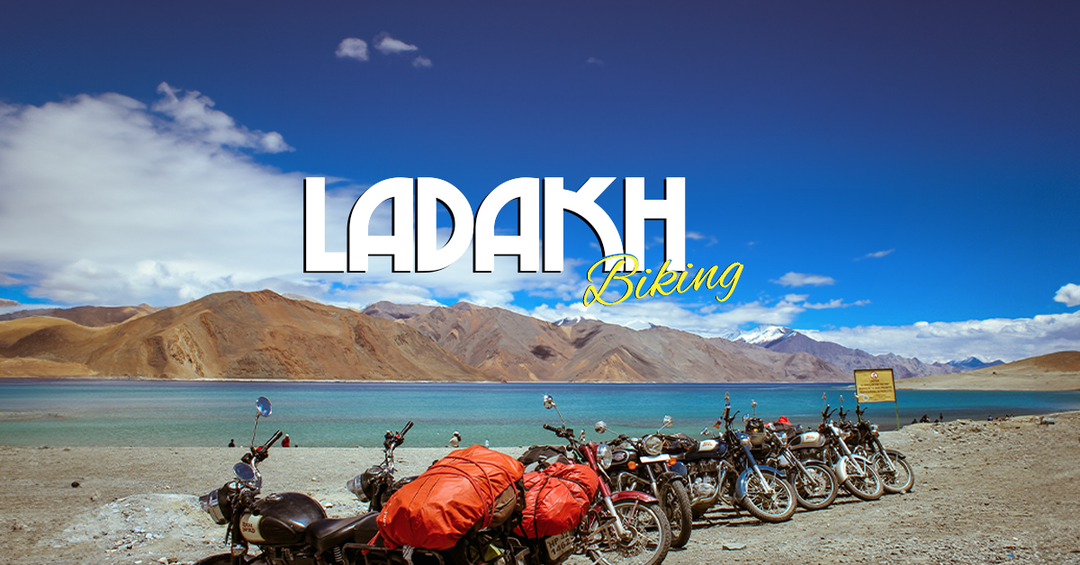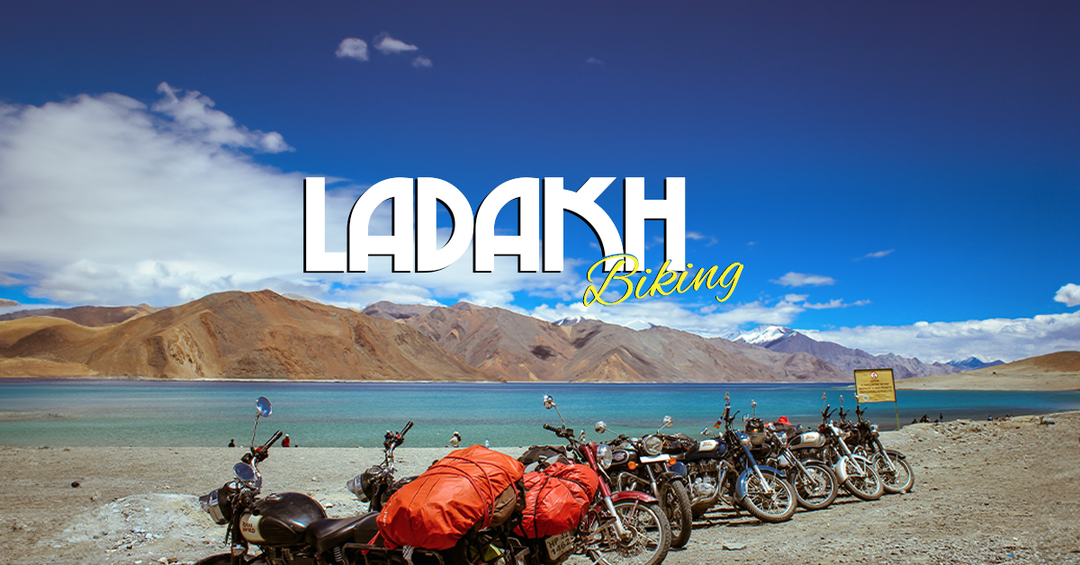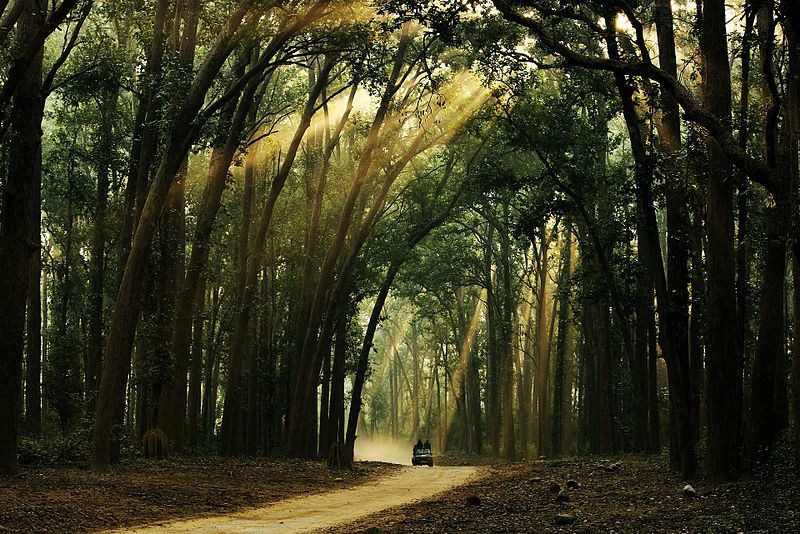
Best Information about Corbett National Park
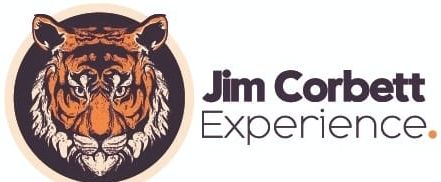
Who was Mr. Jim Corbett?
The Icon, James Edward Corbett, better known as Mr. Jim Corbett was born at Nainital on 25th July. Certainly, Jim Corbett was a famous naturalist who spent most of his life in lush Jungles of India. After his primary education in Nainital he worked with Indian Railways as an officer for almost 20 years. He was also a part of Indian armed forces during both the world wars.
Mr. Jim Corbett proved his prowess with the Gun at the age of 8 and hence started to hunt. He used to go inside the jungles a lot. Therefore, he became an expert at the same. He could read the signs of the jungle like an open book. He could easily read the sounds of the animals and could imitate them to perfection. Due to this unique ability, he was able to shoot down a lot of Tigers who had become man-eaters . Most noteworthy, through his vocal chords he could lure the animals to a face to face meeting and than shoot them down while in ambush.
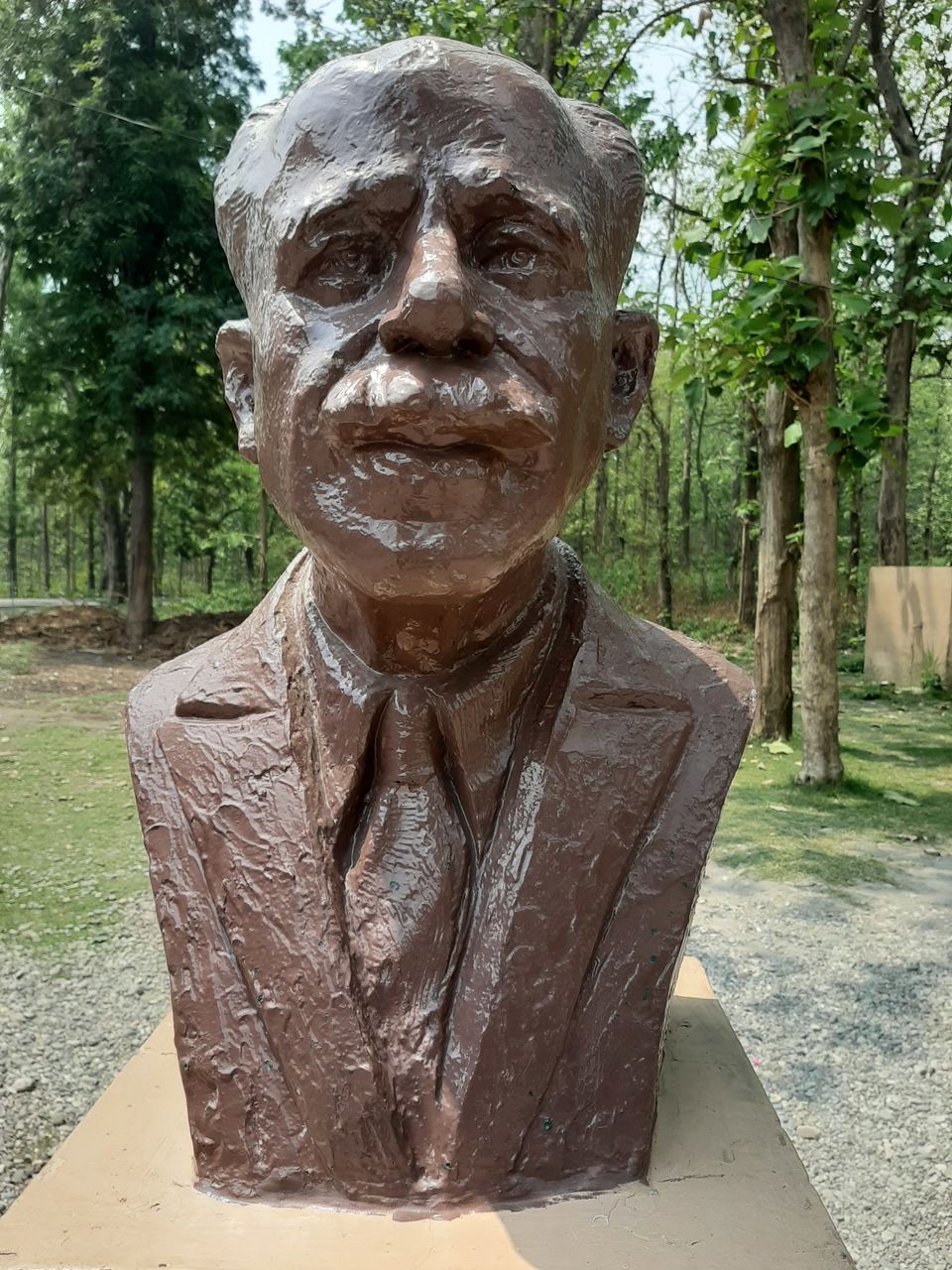
For his outstanding contribution to conservation and natural history the Government of India bestowed Mr. Jim Corbett the honor of “The Freedom of the Forests”. As a result,with his abilities he became the first naturalist in India to start daylight photography of Tiger in their natural habitat.
Where is Jim Corbett National Park
Jim Corbett national park is located in the Uttarakhand state of India. The nearest town to reach Jim Corbett is Ramnagar which comes under the district of Nainital.
The total area of Jim Corbett National Park is 1318 sq. km. It has grown from 520 sq. km. with the inclusion of the Sonanadi Wildlife Sanctuary to the west. The area of 320sq. km. is the core area. Therefore, closed to human traffic where there is no interference with the wildlife. It does not matter what living conditions are in there for the animals. Likewise, around 200 kms is the buffer area. Similarly, the Tiger Reserve includes an additional 798 sq. kms. The altitude ranges from 400 meters to the peak of Kanda at 1,210 meters on the northern extremity.
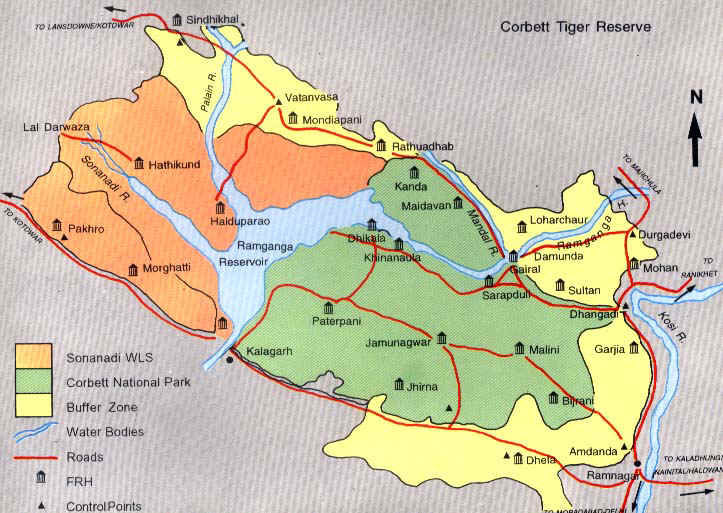
Jim Corbett National Park extends from the outer Himalaya, locally represented by the Shiwalik mountain ranges. It runs through its middle in an east-west direction, across Patli Dun valley to the foothills of the Middle Himalaya.
Siwalik mountain ranges are formed from the Himalayas erosion products of sand, gravel and conglomerates. Patli Dun is an elevated valley with a virtually level floor through which flows the Ramganga river. Therefore, Ramganga is the only source of perennial water here. Furthermore, the Ramganga river flows westwards and widens beyond Khinanauli. As a result, giving rise to islands known as “sheeshum islands”. West of Dhikala, the sheeshum island gives way to winding strips of alluvial grassland or “Chauds” being the land which was cultivated in historic times. The Chauds provide important grazing for wildlife.
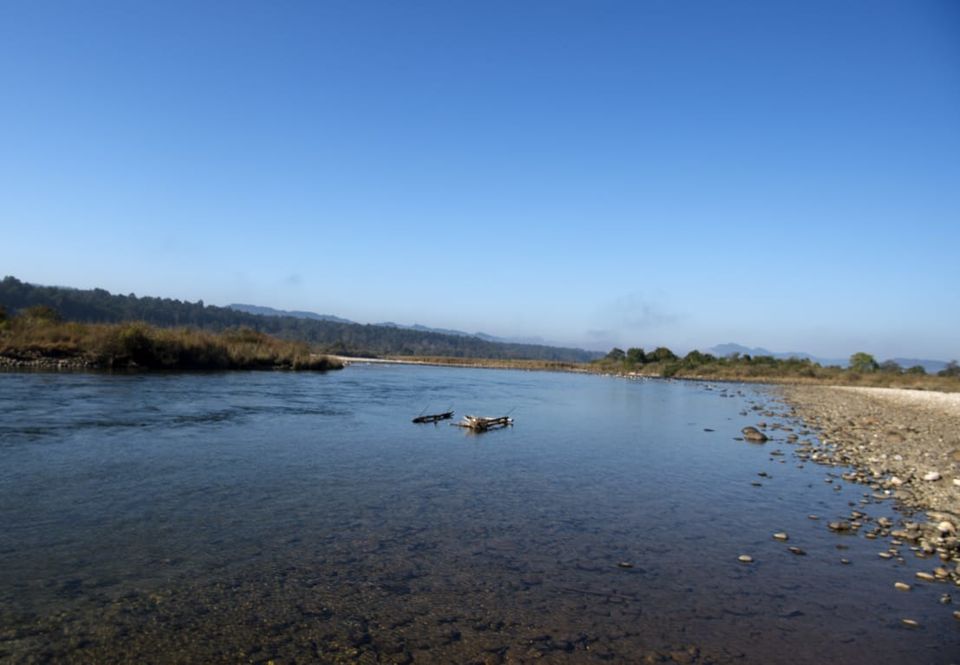
Best Time to visit Jim Corbett
Jim Corbett has subtropical climate and has 3 seasons namely Summers, Winters and Rainy Season. The main attraction of Jim Corbett is jungle safari and the entry time and exit time for a jungle safari, pretty much depends on the dawn and the dusk timings that the area is experiencing at that particular moment.Therefore, the seasons plays its role in the decision to visit Jim Corbett. We have been asked many a times as to what is the best time to visit Jim Corbett. Therefore, I mention below the various seasons to visit Corbett Park.
Winter Season: (October to February)
The onset of winter seasons starts from October with cool breeze and shorter days marking the beginning of the winter months. As a result, the jungle is lush green at this moment as it has just experienced a rainfall season prior and everything appears to be very beautiful. Likewise, The flora and fauna of Jim Corbett is its real attraction.
A large species of different birds finds its abode in the Corbett National Park during this period. During the day time a lot of animals come out on the grasslands for sun basking. As a result, on a jungle safari its very much possible you can find The Royal Bengal Tiger just lazing around where you are driving through.
In winters you can have a lot of sightings of the water birds. Hence, for water birds its the best time to visit Jim Corbett.
The temperature during the winter season ranges from 5 degree Celsius to 30 degree Celsius.
Summer Season: (March to June):
In Summers the Park touches 40 degree Celsius and the average temperature is around 30 degree Celsius. During this period large mammals like elephants can be best observed in their habitat. Finally, the jungle becomes hot due to rising temperature. As a result, a lot of wild animals come near the water holes for water as well as to cool themselves. For this reason, there is a lot of animal sighting during this phase.
This is also the best time for the photographers as due to increase in wildlife sighting they get perfect shots for their collections.
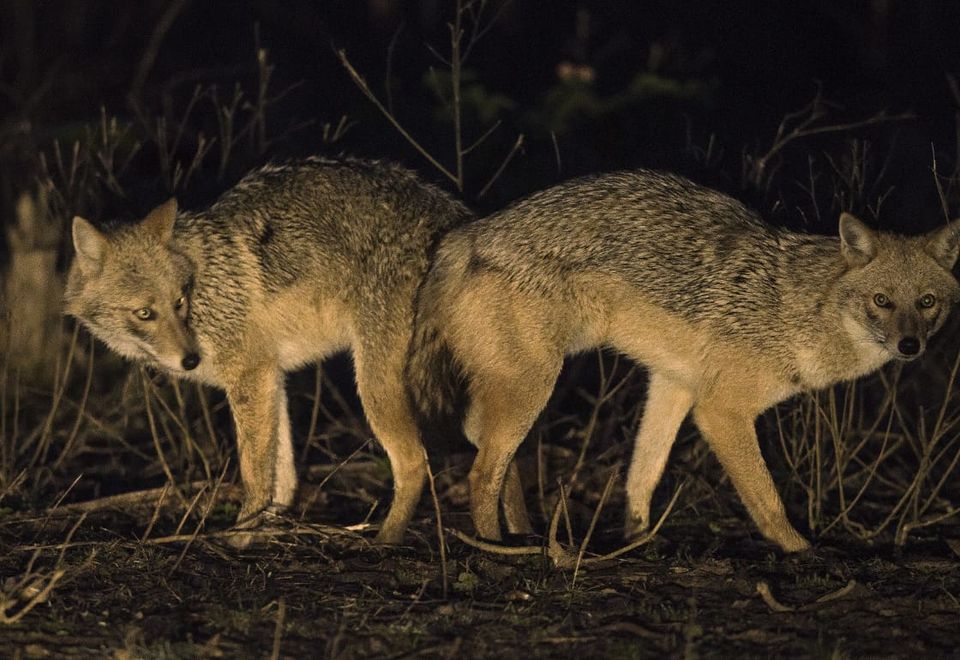
Monsoons : (July to September)
As the rains descends down in Jim Corbett the Park closes its Forest Rest Houses for night stay accommodation. Due to, the fear of roads being washed away and also for security reasons of the guests. The Jungle safari is also effected due to the rains and Zones namely Dhikala, Bijrani, Durgadevi and Sitabani are remained shut for the for the day safari. Jhirna and Dhela zone are still open on these months.
During this period a lot of Conferences and Events takes place in Jim Corbett due to the low rates of the resorts in the area. The less crowd also is loved by a lot of visitors. I have heard a lot many times from the guests that this is the best time to visit Jim Corbett National Park.
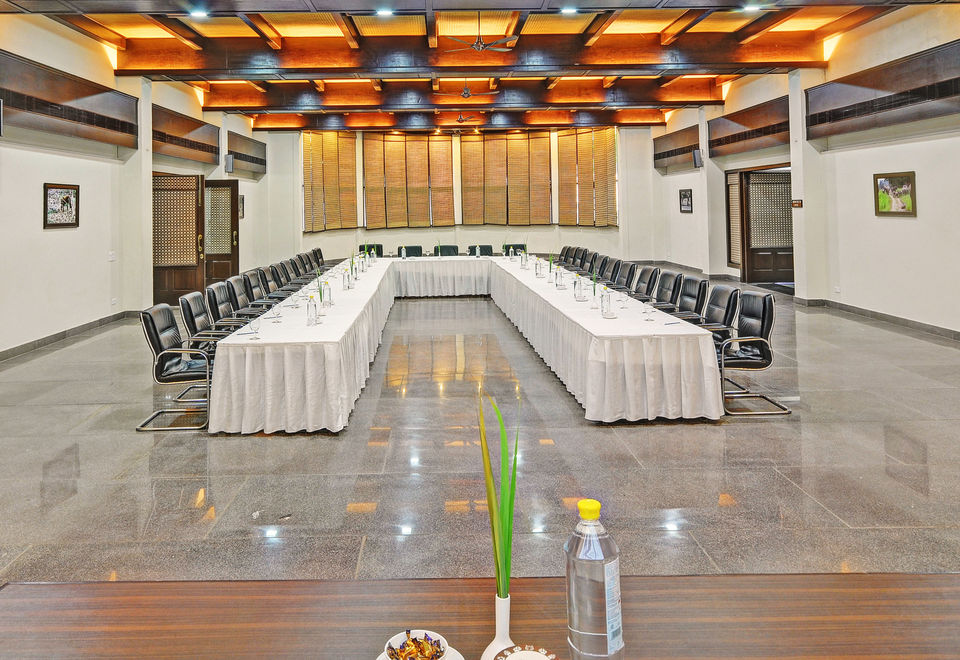
Flora and Fauna of Jim Corbett National Park
Flora of Jim Corbett
Jim Corbett is home to 110 species of Trees, 51 of shrubs, 27 climbers, 37 grasses and bamboos.
Most of the trees are deciduous in nature. The majority of the vegetation cover is made up of the following:
Sal Shorea Robusta
Khair Acasia Catachu
Sain Terminalia Alata
Bahera Terminalia Beherica
Haldu Adina Cardifolia
Shisham Delbergaia sissoo
These form the majority of the trees that are in Jim Corbett National Park.
Corbett is also famous for its Healing Herbs like the Rohini.
Facts: The Park is notable for its extensive Sal Forests covering around 73% of the entire area. Sal has a total life of 300 years.
Fauna of Jim Corbett with detail insights about their Food, Habitat and Breeding Period
Mammals:
Royal Bengal Tiger
Bengal Tiger usually lives on cattle, buffalo, deer, rabbits, wild boars, pig, antelope, occasional fowl and other small mammals. The favorite food of Bengal tigers is the deer.
Resides in Humid Tropical jungles or cool temperate forests.
Breeds in summer.
Deer
Sambar Deer eats Fruits, grass and leaves.
Resides in Hill side forests.
Nov. - Dec. is the mating time.
Barking /Spotted Deer:
Feeds on Flower grasses leaves.
Resides at Forests and grasslands.
Mating time is either in summer or winter.
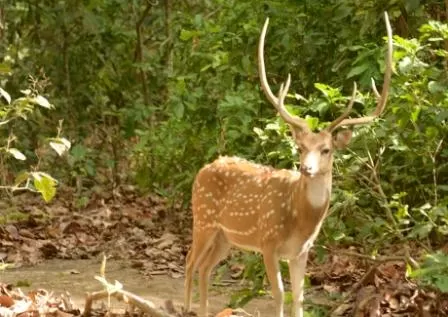
Hog Deer:
Feeds on Grasses.
Resides at alluvial grass Plains.
Breeds in September.
Sloth Beer
Feeds on Honey termites birds.
Resides in Forests.
Mating :Summer.
Goral (Ghoral):
Feeds on Grass.
Lives in Mountains.
Mating in winters.
Indian Porcupine
Vegetables, grain, roots is his staple food.
Forest is where you can find it.
Gives birth in February ,March
Indian Wild Dog
Sheep, Deer, Goat, Wild Pigs are his favorite food.
Grasslands and Mountains in the jungle are where you can frequently find them.
Nov, Dec is their mating time.
Marsh Crocodile
Feeds on Fish,Frogs and Birds.
River Streams, Jungle Pools, Irrigation Reservoirs they are commonly found in.
Nov-Feb is when they Mate.
Otter
Fish, Crabs, and Frogs is part of their diet.
Hills River and Streams is usually where they are found.
Mating takes place in river
Rattle Or Honey Badger
Birds, Reptiles and Small Mammals they feed on.
Resides around Deciduous Forests.
Gestation is about 6 months.
Jungle Cat
Small Mammals and Birds they Eat.
Bushy Jungle Corn and Sugarcane Field are their Habitat.
Early Months of the Year they mate.
Reptiles:
Common Cobra
Forests is his habitat.
Rats, Frogs is his Food.
6 to 8 Yrs is the life expectancy.
King Cobra
Dense Evergreen Forest is his habitat.
Feeds on other Snakes.
12-15 Yrs is the life expectancy.
Phyton
Resides at Indian Rock, Marshes and Wet Rocky areas.
Birds and Reptiles is his Food.
19 years is the life expectancy.
Monitor Lizards
Birds:
Black IBIS
Nests in open countryside in pairs.
Kingfishers
Nesting in tropical areas.
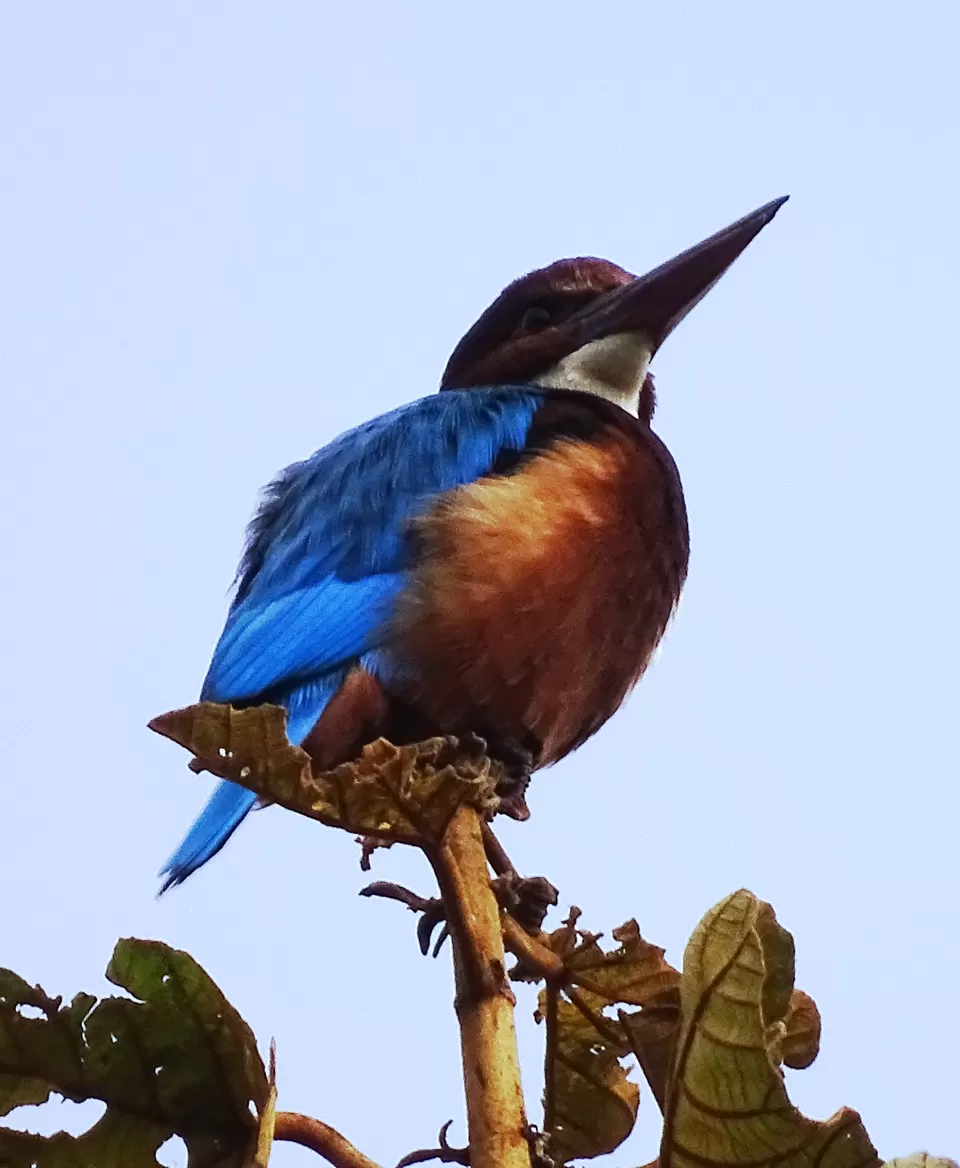
Bulbul
Nests are loosely built cup of grass and rootlets.
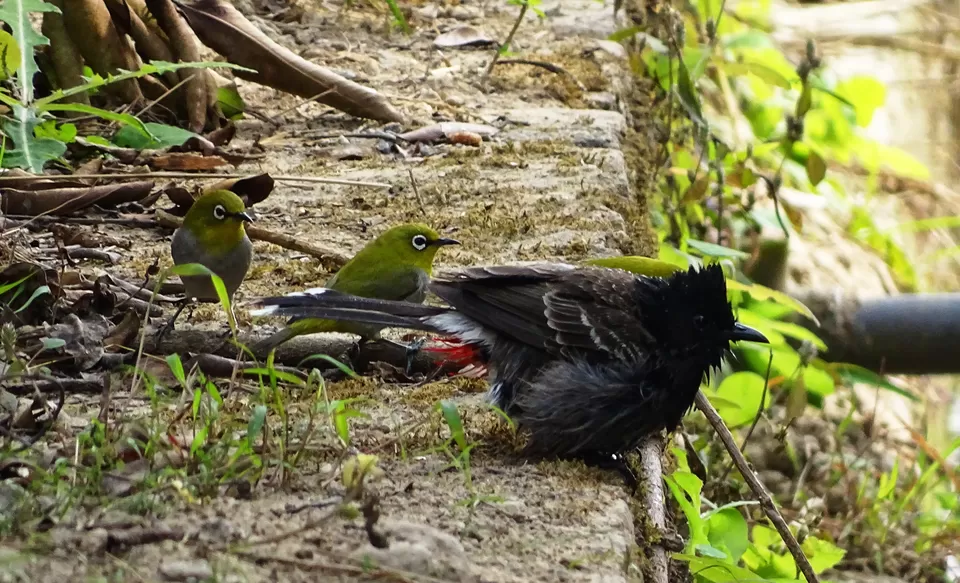
Marsh Harrier
A bed of leaves and grass on the ground is where it nests.
Stone Curlew
A scrape in dry river bed is its nest.
Serpent Eagle
Nests in a large stick platform lines with green leaves
Hornbill
Parakeet
Nest at Rose-Ringed, natural hollow in a tree trunk
Kite, Brahmini
Platform of twigs, lined with green leaves is their nest.
Jungle Babbler
Nest loosely built cup of twigs, rootlets and grass.
Distance from Delhi to Jim Corbett
By Road-240kms.
Road to take:
Delhi-Shahdara-Ghaziabad-Hapur-GarhMukteshwar-Gajraula-Moradabad-Kashipur-Ramnagar.
Lucknow to Jim Corbett
414kms
Car, Train is the mode of transport.
Ludhiana to Jim Corbett
405kms
Car, Train is the mode of transport.
Chandigarh to Jim Corbett
400kms
Car, Train is the mode of transport.
Jaipur to Jim Corbett
560kms
Car, Train is the mode of transport.
Agra to Jim Corbett
435kms
Car, Train is the mode of transport.
Haridwar to Jim Corbett
110kms
Car, Train is the mode of transport.
Nainital to Jim Corbett
65kms
Car, Train is the mode of transport.
Ranikhet to Jim Corbett
88kms
Car, Train is the mode of transport.
Trains Plying To Jim Corbett:
Ranikhet Express.
Corbett Park Link Express.
By Flight:
Mumbai-Delhi- by road reach Jim Corbett
Mumbai- Pantnagar-by road reach Jim Corbett
Ahmedabad- Delhi-by road reach Jim Corbett
Kolkatta-Delhi-by road reach Jim Corbett
Pune – Delhi- by road reach Jim Corbett
Chennai- Delhi- by road reach Jim Corbett
Hyderabad-Delhi- by road reach Jim Corbett.
For making your Jim Corbett Bookings do visit jimcorbettexperience.com . You can also call 7506983864 to have your best itinerary for Jim Corbett National Park.
